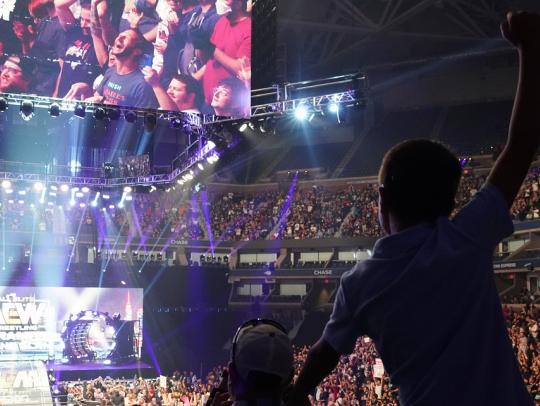Overcoming Terrestrial Network Challenges to Deliver a Differentiated Video Experience

Changing Consumer Expectations
More than half the world’s population of internet users currently reside in Asia-Pacific [1], with 1.46 billion smartphone users. Inevitably, the expectations of these users are being shaped by their increasing adoption of digital technologies, pervasive use of social media networks, and near-instant access to information.
Being constantly connected is making users less tolerant [2] of delays and lags in their experiences, while simultaneously shaping their expectations with regards to on-demand content and customer experiences. Over-the-top (OTT) content providers have managed to exploit this shift in consumers’ expectations, gaining rapid growth with libraries of readily accessible content.
The unrelenting increase in video traffic has put tremendous pressure on existing infrastructure, with predictions that 82% of all network traffic will consist of video by 2021 [3]. Greater changes are afoot, too, as upcoming technologies such as 5G mobile are rolled out, and the popularity of high-definition video further increases the amount of traffic flowing across core networks.
Crafting an Evolved Content Experience
How can ISPs, cable and network operators react to the dual challenges of changing consumer expectations and the very real limitations of their existing infrastructure? Against a backdrop of heightened consumer demands, the opportunity is ripe for a differentiated video content experience that is delivered through an alternate return channel with the ability to reach underserved areas that OTT video-on-demand providers cannot.
By offering a differentiated video experience with a curated library of video content, internet service providers (ISPs), cable and network operators can set themselves apart from the competition while simultaneously keep churn in check by engendering brand loyalty and stickiness. Customers benefit from access to a combination of a video-on-demand library and linear TV with catch-up and offline playback.
As delivery of video content is routed through SES’s state-of-the-art fleet of satellites, video bandwidth demand on the network is alleviated. Indeed, overall traffic congestion will also be reduced, as subscribers turn from OTT video content that imposes greater demand on the network.
Rapid Deployment of Service
SES has invested heavily in mass distribution infrastructure for ubiquitous reach, developing the hardware and software components required to enable the distribution of video content across the region. With Network Offloading, existing infrastructure does not have to be replaced, giving ISPs, cable and network operators a significantly shorter time to market to meet changing consumer expectations in a timely manner.
Without the worry of hefty capital investments or the constant drain of infrastructure maintenance, ISPs, cable and network operators can focus on delivering a compelling and relevant video experience for their customers with guaranteed quality of service. They can leverage SES’s open architecture that is designed to allow easy integration with existing CRM systems, and MX1 to deliver rich media content for a truly differentiated video experience.
To learn more about how SES can help you with a tailored end-to-end video offering to ease network demand anytime, anywhere. Contact us today.
[1] Internet and Mobile Users in Asia-Pacific: eMarketer's Country-by-Country Forecast for 2017–2021
[2] Impatience is a virtue: How the on-demand economy is making mobile consumers impatient
[3] Cisco: Globally, IP video traffic will be 82 percent of all IP traffic (both business and consumer) by 2021




